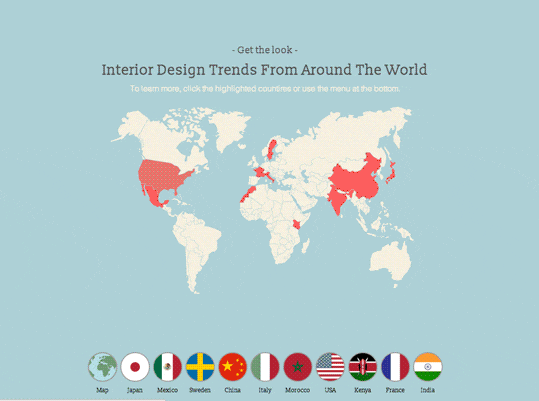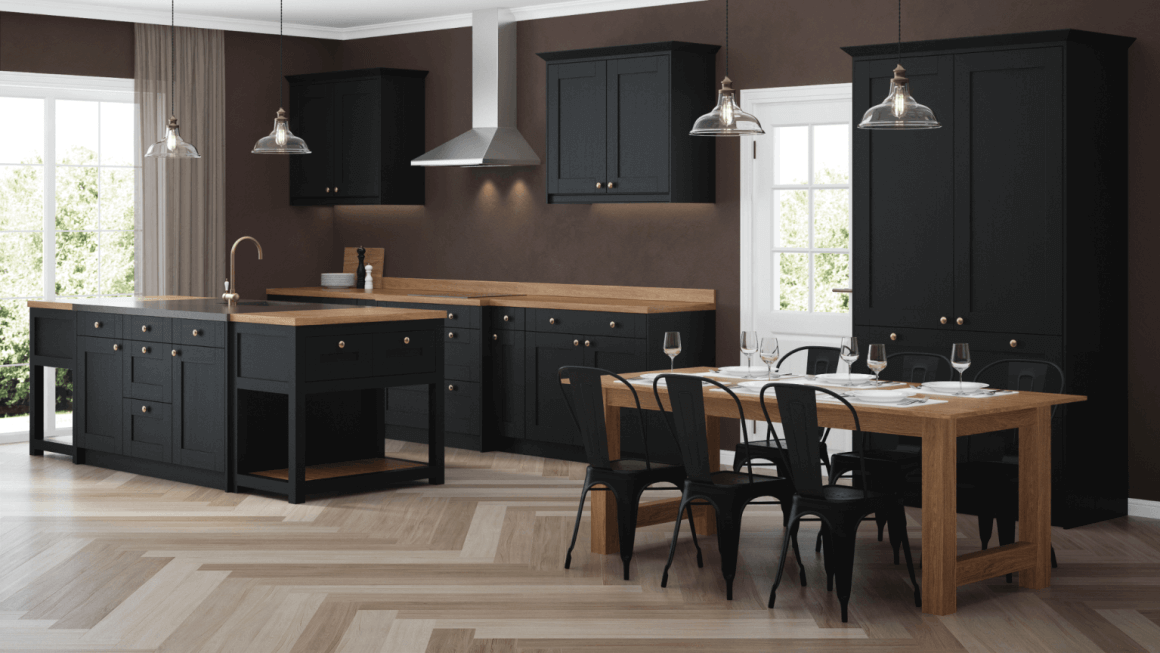Italy is home to some of the most respected designers in the world, in both the field of fashion and interior design. Italian design is synonymous with chic, luxury and glamour, so it is easy to understand why so many people are eager to use Italian inspired interior design in their homes.
Iconic Italian Interior Design
Italian culture is devoted to aesthetics, and their designers have a good understanding of colour, texture and symmetry. They merge traditional, luxurious design elements with modern flair and functionality to create something that is interesting and indulgent while also being modern and romantic.
Luscious soft furnishings, earthy and neutral colours and an understated sophistication are all important elements of Italian interior design.
The History of Italian Interior Design
The history of interior design in Italy can be traced back as far as the Roman empire, when the rich used frescoes and mosaics to brighten up their homes. Even these mosaics, as beautiful as they were, served a purpose – reflecting the customs and values that were important in the society of the time.
Today, Interior design is more about personal expression than education or record keeping, but Italian homes are still beautiful places. Tile floors may have been replaced with stain and slip-resistant floors, and clay ovens may have been removed to make way for modern appliances, but Italian interior designers invariably manage to walk the line between stylish and current.
During the Medival era, Italian nobles would use frescoes, marble, mosaics, glassware and sculpted furniture to make their mark on their properties. In Renaissance times, gilded mirrors, oriental carpets and velvet drapery were the fashions of the time. The arrival of Art Deco in the 20th century saw fashions move to lighter fabrics and fixtures, with round and oval shapes being an important part of every design.
Famous Italian Interior Designers
One of the most famous modern Italian interior designers was Joe Colombo, an architect and designer from Milan. He made a name for himself working with new modern materials such as PVC, and won awards for innovative designs such as the Acrilica Lamp, which he made for O-Luce. He revolutionized the concept of living spaces, and was the creator of the Universale chair.
Another famous Italian designer is Enzo Mari. He is best known for his work in the field of programmed and kinetic art. He has won four Golden Compass Awards, and was the author of Function of Aesthetic Research. His influences can be found in many pieces of modern Italian furniture.
Tips to Get The Look
Italians love designer furniture. If you want to achieve an iconic Italian interior design pick some particularly stylish and luxurious pieces of furniture and use them as the centrepiece of the room. Install bifold doors to create light and space. Keep the rest of the room open and clutter free, so the eye is drawn to your centrepiece.
Accessories are an essential part of Italian interior design, but any accessories you choose must be both good looking and functional.
Pick one or two grandiose pieces of art and display them proudly to liven up the room. Italians live by the quality over quantity mantra.
Greys, red-browns, understated greens and blacks are ideal colours for an Italian-inspired room. Choose earthy and neutral shades for an air of sophistication.
While Italian designers are often thought of as prizing aesthetics above all else, this is not strictly the case. Italian interior design is carefully crafted to compliment their cultures love of the home and their family life, and every element of the design is intended to be functional as well as beautiful. Italian interior designers favour large rooms with lots of natural light, and work to blend the design from one room to the next so that you always feel comfortable and at home.
International Interior Design
Explore interior design tips to create the feel of some of the most iconic interiors by different countries around the world; detailing clear, simple ways of achieving the look. You’ll find international colour palettes, layout suggestions and key feature furniture ideas.
By using style tips from all over the world, you’ll get plenty of ideas on the themes you’d like to recreate in your own home. Plus this international interior design guide is a little more cost effective than jetting off to the ten countries featured!








